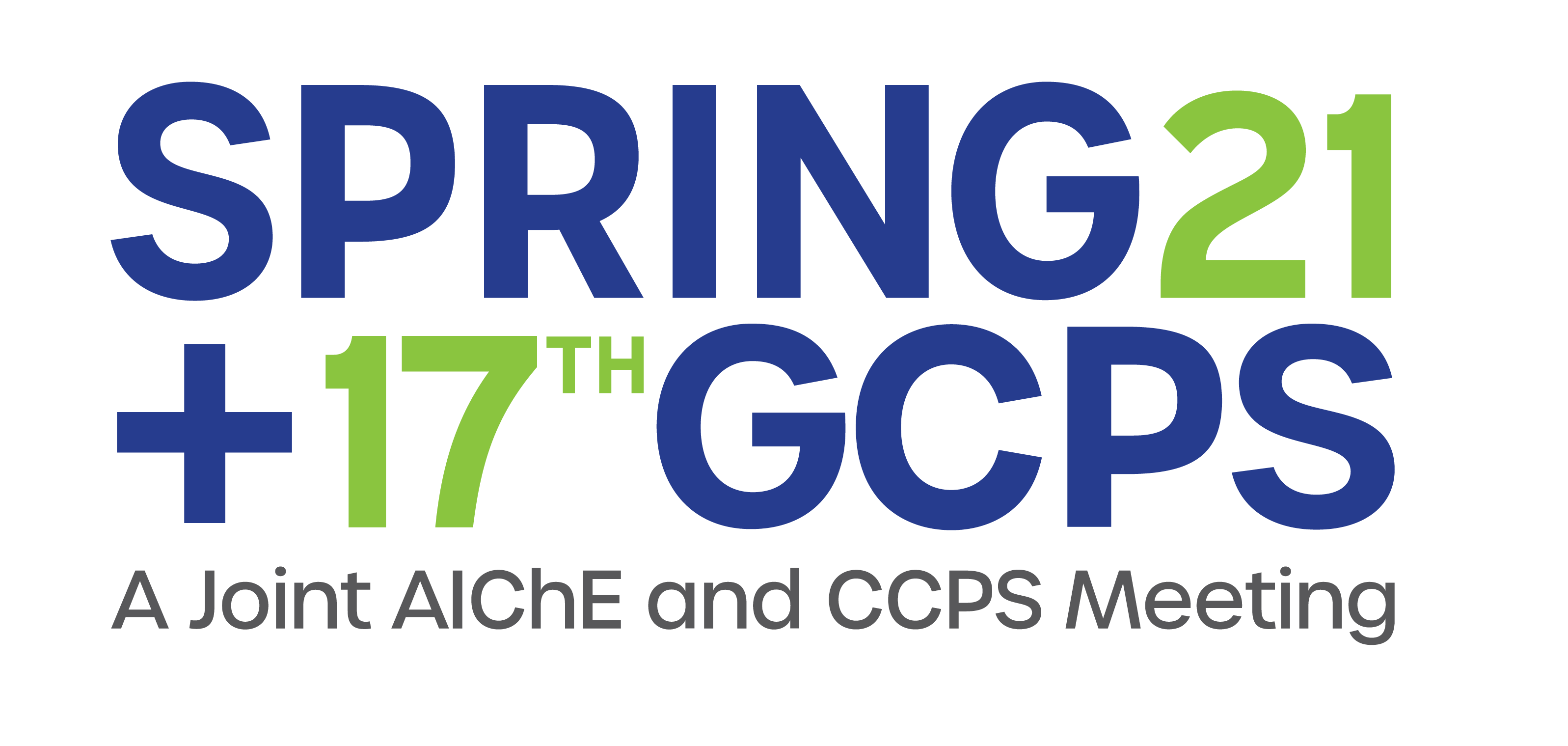

Why?
The drivers behind an initiative to seek out and capitalize on the opportunities for applying ISD strategies include the same drivers for operational excellence: effectiveness (e.g. risk reduction, operating performance) and efficiency (e.g. reduced cycle time, waste and cost).
What?
Risk treatment includes ISD strategies and traditional risks controls (engineering controls, administrative controls). More specifically, ISD strategies include elimination, minimization, substitution, simplification aimed at inherent hazardous properties and operating conditions.
When?
Each stage of the process lifecycle offers timely opportunities for examining potential applications of ISD strategies. These include design of the product, process concept, detailed engineering, construction and start-up, operation and maintenance, and abandonment. For example, even the safeguards themselves intended for risk control can have aspects of inherent safety “designed in†to them.
Where?
You can assess the benefits of ISD strategies wherever the design is being reviewed, such as design reviews, process hazard analyses (PHAs), audits or incident investigations; for example, during Concept Hazard Reviews or Risk Assessment, Initial/Revalidation PHAs, MOC Hazard Reviews.
How?
Successful application of ISD strategies requires a systematic approach for managing opportunities. The organization must first establish a policy articulating the value of achieving inherent safety, communicate that policy to instill a culture to seek out opportunities, set goals against which progress can be measured, and implement the policy through documented plans. Management system processes with stated requirements for resources and activities should be supported by formalized procedures that organize and allocate sufficient resources, define and assign roles and responsibilities, describe the steps and methods to perform the ISD review, and specify the means of measuring results. A well-established concept for management systems is the continual improvement lifecycle involving the steps: Plan-Do-Check-Act (PDCA). Models for effective process safety management (PSM) systems also utilize the PDCA cycle. The PDCA concept is useful for managing the whole ISD initiative towards achieving its goals, and also the process for integrating ISD strategies to reduce risks associated with the process design (or re-design).
Attendees will benefit from practical takeaways of how ISD strategies can be applied to treat process safety risks at three key lifecycle stages: design, operation and maintenance. These examples will be presented as three design case histories to demonstrate how ISD strategies have been utilized to reduce risks at the product level where chemical properties were changed, at the process level where process chemistry was changed, and at the process equipment level where process risk controls were changed; all towards the goal of benefiting from incorporating ISD strategies.
This paper will draw upon the authors’ experiences in designing, developing, implementing and auditing PSM systems, as well as facilitating PHAs/LOPAs, building siting evaluations, audits and incident investigations.
Presenter(s)
Language
Pricing
Individuals
| AIChE Member Credits | 0.5 |
| AIChE Pro Members | $19.00 |
| AIChE Graduate Student Members | Free |
| Safety and Health Division Members | Free |
| AIChE Undergraduate Student Members | Free |
| AIChE Explorer Members | $29.00 |
| Non-Members | $29.00 |
